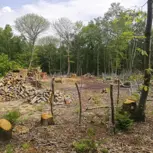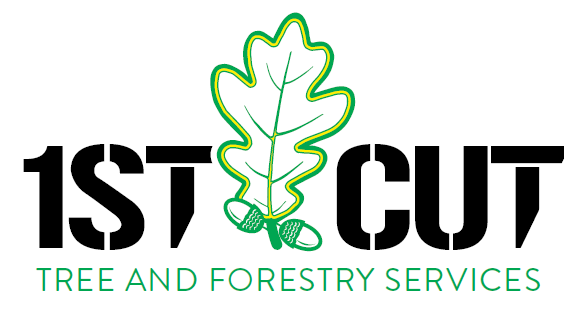Pollarding and coppicing are both traditional methods of woodland management that involve cutting back trees or shrubs to encourage new growth.
Both coppicing and pollarding have ecological benefits, as they promote biodiversity by creating diverse habitats and encouraging the growth of a variety of plant and animal species.
They also help to maintain healthy woodlands by rejuvenating old trees and prolonging their lifespan.
Today, these techniques are still practiced in some areas for their environmental and cultural value, although they are less common than they once were due to changes in land use and forestry practices.
However, there is growing interest in sustainable woodland management, and coppicing and pollarding are being rediscovered and reintroduced in many places as part of efforts to promote biodiversity and conserve traditional woodland habitats.
Pollarding
Pollarding, on the other hand, involves pruning trees at a higher level, typically above the browsing height of livestock.
This is done by cutting off the main branches of the tree, leaving stubs known as "pollards." Like coppicing, pollarding stimulates the growth of new shoots, but it also helps to control the size and shape of the tree.
Pollarding was historically used for producing fodder for livestock, as well as for timber and other wood products.

Coppicing
Coppicing is a technique where trees or shrubs are cut down to ground level periodically, typically every few years. This encourages the growth of new shoots from the stump or root system. These new shoots can then be harvested for various purposes such as firewood, fencing, or crafts.
Coppicing has been practiced for centuries and was particularly common in Europe for producing wood for fuel, construction, and other uses.
FIND OUT MORE
Get in touch to enquire about this service





